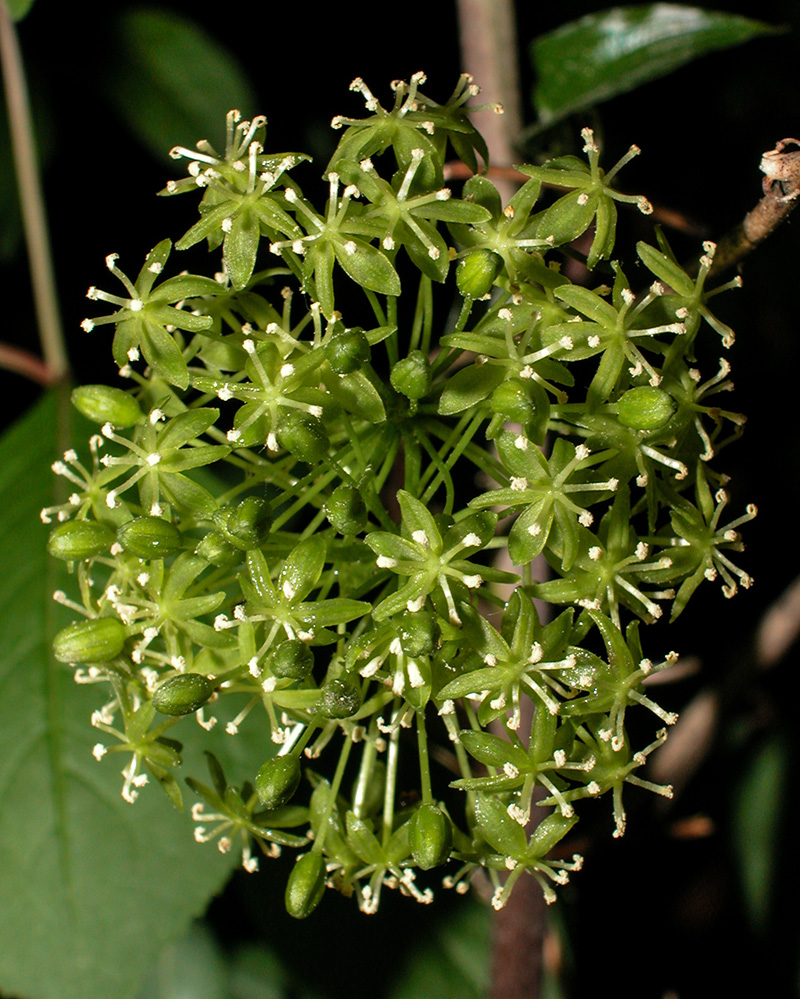
The flowers are of course the surest giveaway. It results from overactive branching at the growing tips of the stems, causing the plant to develop as a convoluted mass rather than as tufts of finger-like stems. Because, compared to leaves, the stems have less of a surface area in relation to their volume, water evaporates from them much more slowly than it would from large, flat leaves.Ī strange form of growth that often occurs in cultivation is called a 'crest'. The stems store water, 'filling out' after adequate rains and then storing this water for use during drier periods. Indeed, the succulence of these plants is an adaptation to fairly dry conditions. They are prone to rotting in soils that are too moist. The root system is quite shallow, and the plants grow best in loose soil. Sometimes the inner portions die off, leaving a number of unconnected clumps of plants. Plants growing in harsh circumstances can be much smaller, with the stems less than 1.2 cm (1/2") thick and only about 10 cm (4") tall.īranching at ground level, the stems root wherever they touch the ground, and in this way the plant clumps can grow and spread outwards. They usually branch at ground level, with the tips of the stems curving upwards, forming clumps reaching a metre in width, with the erect tips of the stems reaching 30 cm (12") in height under optimal conditions. The finger-like stems are usually about 2.5 cm (1") in thickness. These pigments protect the plants against harsh sunlight and against drying out. They become green in spring and summer when supplied with adequate water, but in autumn and winter, or during long dry spells, they become brownish, reddish or purplish. The stems themselves now carry out this process, called photosynthesis. The leaves are reduced to soft and dry papery remnants only about a millimetre in length, at the tips of the tubercles, and have lost their function of producing food for the plant. The stems are succulent and soft, with a somewhat velvety texture from short 'hairs' all over it. Occasionally stems form that are five- or even six-angled. There are regularly-spaced 'teeth' or tubercles along the ridges forming each angle. These stems are four-angled, with a ridge or 'wing' on each angle with hollows or grooves between the wings.

The above-ground portions of the plant consist of a number of fairly short, succulent, finger-like stems. This carrion flower can be easily recognised as being a member of the group, even when not in bloom. The species name, gigantea, simply means 'gigantic' and refers to the flowers rather than the plant itself. The genus name Stapelia was created by the great Swedish naturalist Carl von Linné, or Linnaeus, in 1737, after the Dutchman Johannes Bodaeus À Stapel, who had found related species in the old Cape Colony. This species was named and described by NE Brown in 1877. These insects are not eaten - as some people mistakenly assume - but are merely used as pollinators. It is very typical of the group in that these flowers emit a foul odour reminiscent of rotting meat, and thereby attract flies and bluebottles. It has the largest flowers in the group - up to 40 cm (16") in diameter this also makes it the largest flowered succulent plant species in the world. It has a variable growth habit, from small rounded shrubs to creeping ground covers.The giant carrion flower is only one of a large variety of carrion flower species, or Stapeliads. It is well suited to exposed, coastal locations.Ī spectacular array of flower colours including vivid orange, yellow, pink and red cover this hardy succulent plant in the warmer months.
#Carrion plant full
It is an attractive plant for a well-drained soil in full to partial sun. The flowers are daisy-like and usually have mauve to purple petals and white centre. It is worth trying to obtain Strelitzia juncea for its rush like cylindrical foliage emerging without a leaf blade.Ĭommon on coastal dunes, this prostrate plant which spreads to 2 m has thick, succulent leaves up to 10 cm long. Spectacular orange and blue flowers shaped like a birds head form on erect stems in warmer months. Glossy grey green paddle shaped foliage forming a dense clump 1.5m x 1.5m.

Small pieces of the plant will easily root in the warmer months so appropriate disposal of garden waste is important.It is often grown for this novelty value. The botanic name of 'Gigantea' refers to the huge flowers which can get to 30cm in size. This low growing perennial succulent from southern Africa rarely grows much more than 20cm high.


 0 kommentar(er)
0 kommentar(er)
